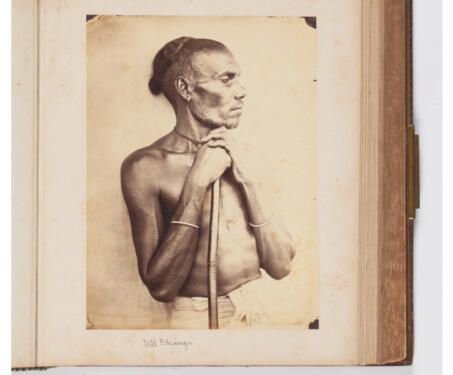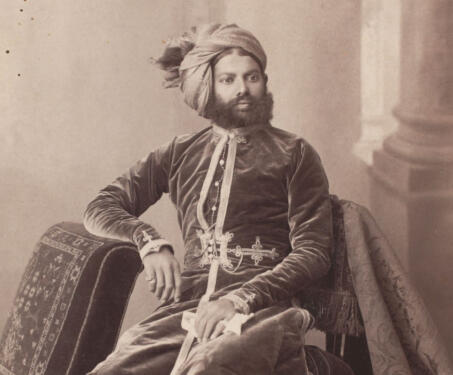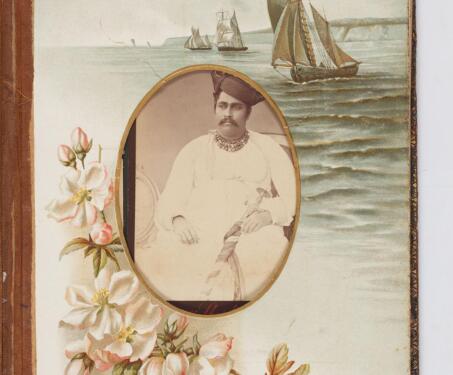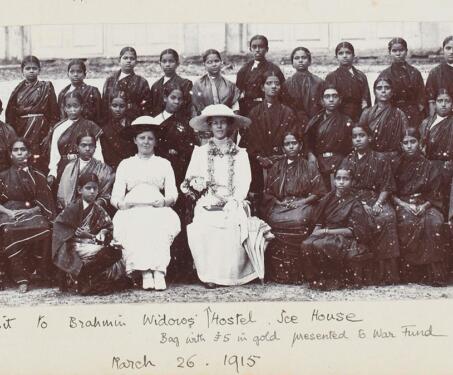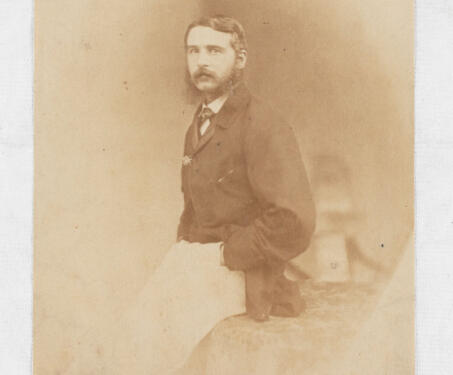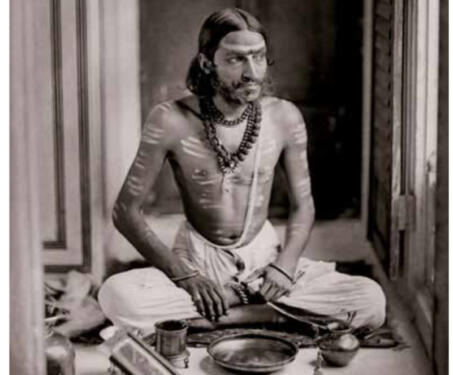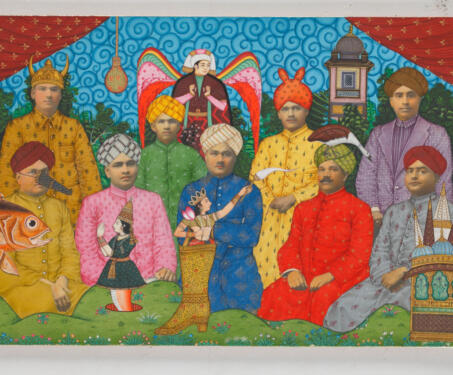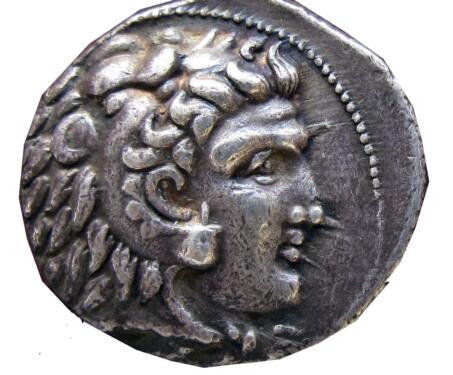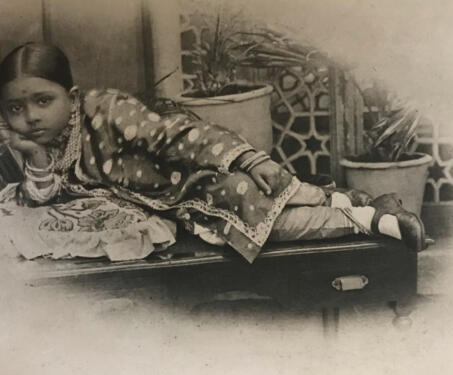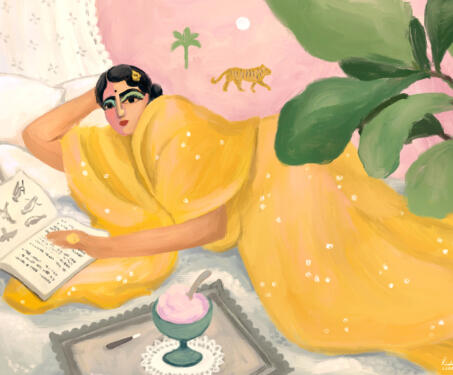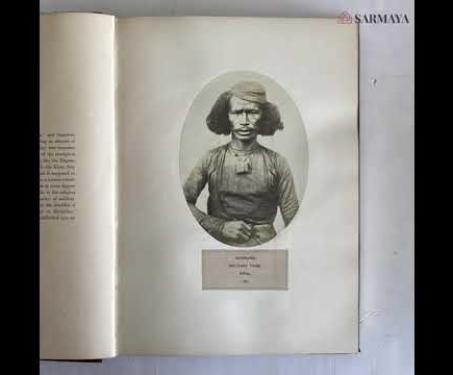“A portrait is not made in the camera but on either side of it.” As the chief photographer for Vogue and Vanity Fair in the early 1900s, Edward Steichen knew what he was talking about. Portraiture is the result of a dynamic collaboration between photographer and model, both of whom colour the final frame with their own peculiar ambitions. In India of the 19th-century, where most photographers were foreigners to the land, it carries a fraught narrative. The camera arrived here hot on the heels of the Uprising of 1857, and in the early days, it was mostly wielded by British civil servants or those hired by the Crown. The tension between the competing goals of the photographer and the subject is evident in many portraits of the time. The subject wanted autonomy, the man behind the camera wanted complete control. Which side would finally win came down to privilege. For this Spotlight, we wanted to look at the photographic and artistic portraits in the Sarmaya collection—and outside—and understand their histories in the context of now.
People of India
A subcontinent in portraits

